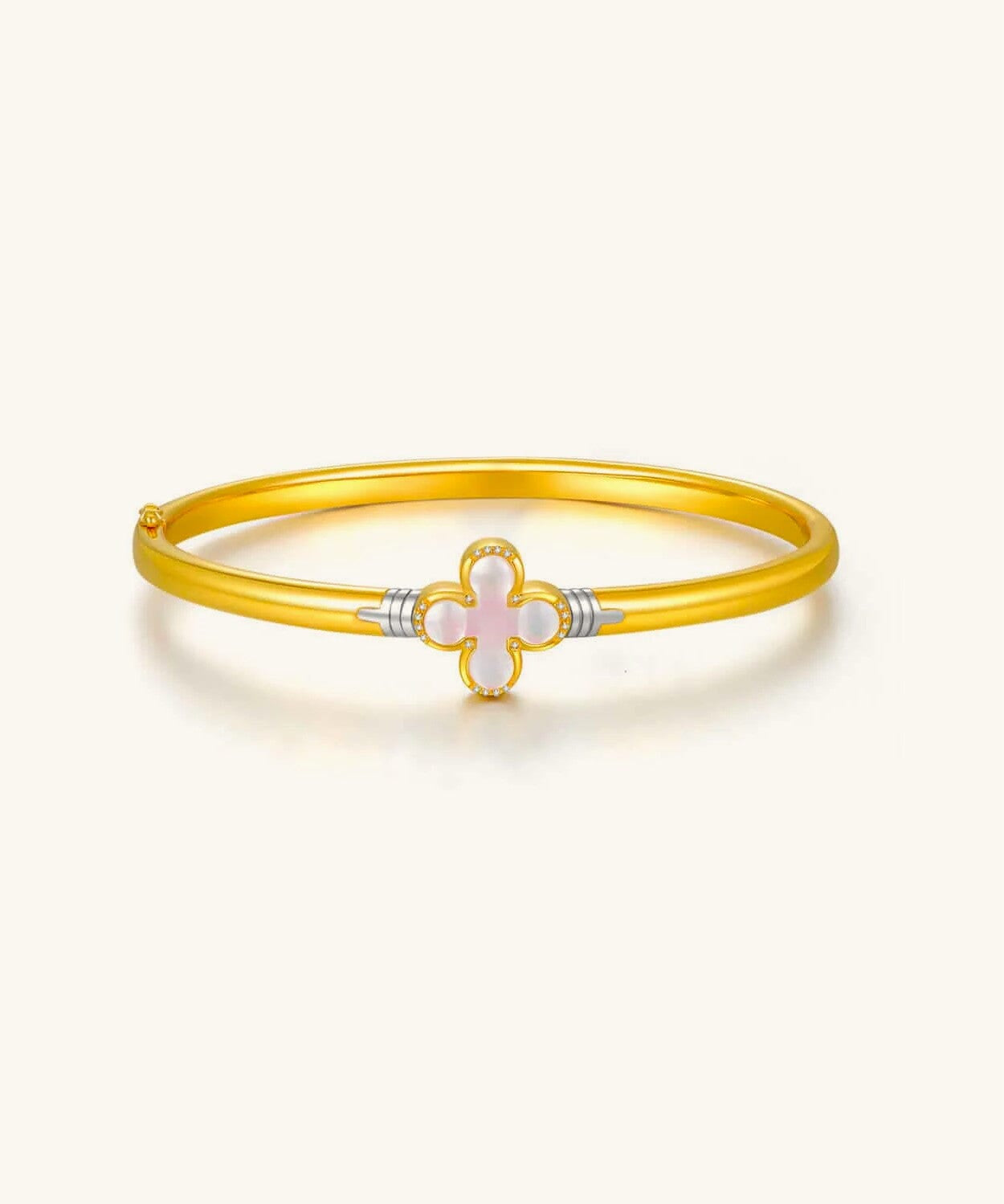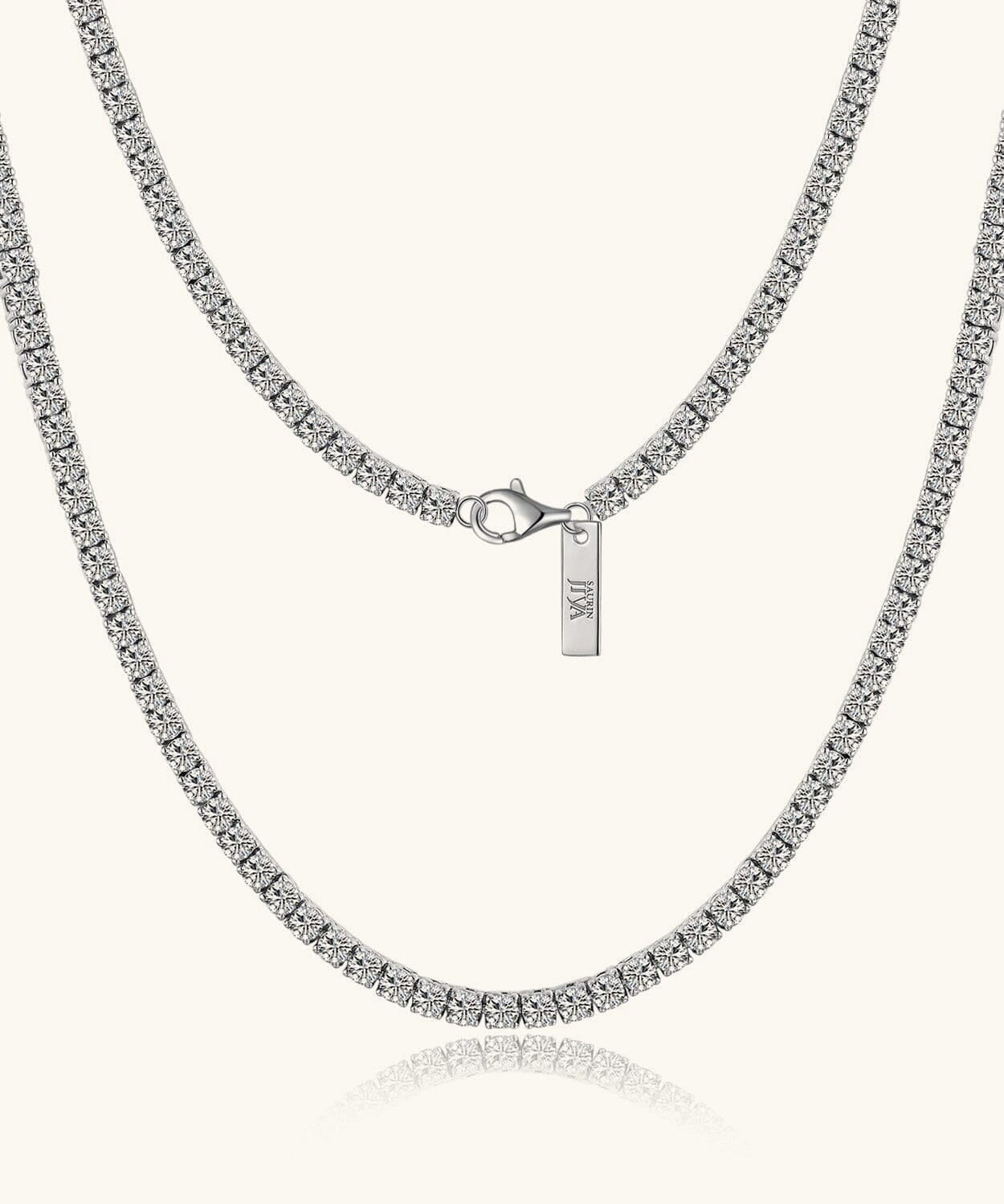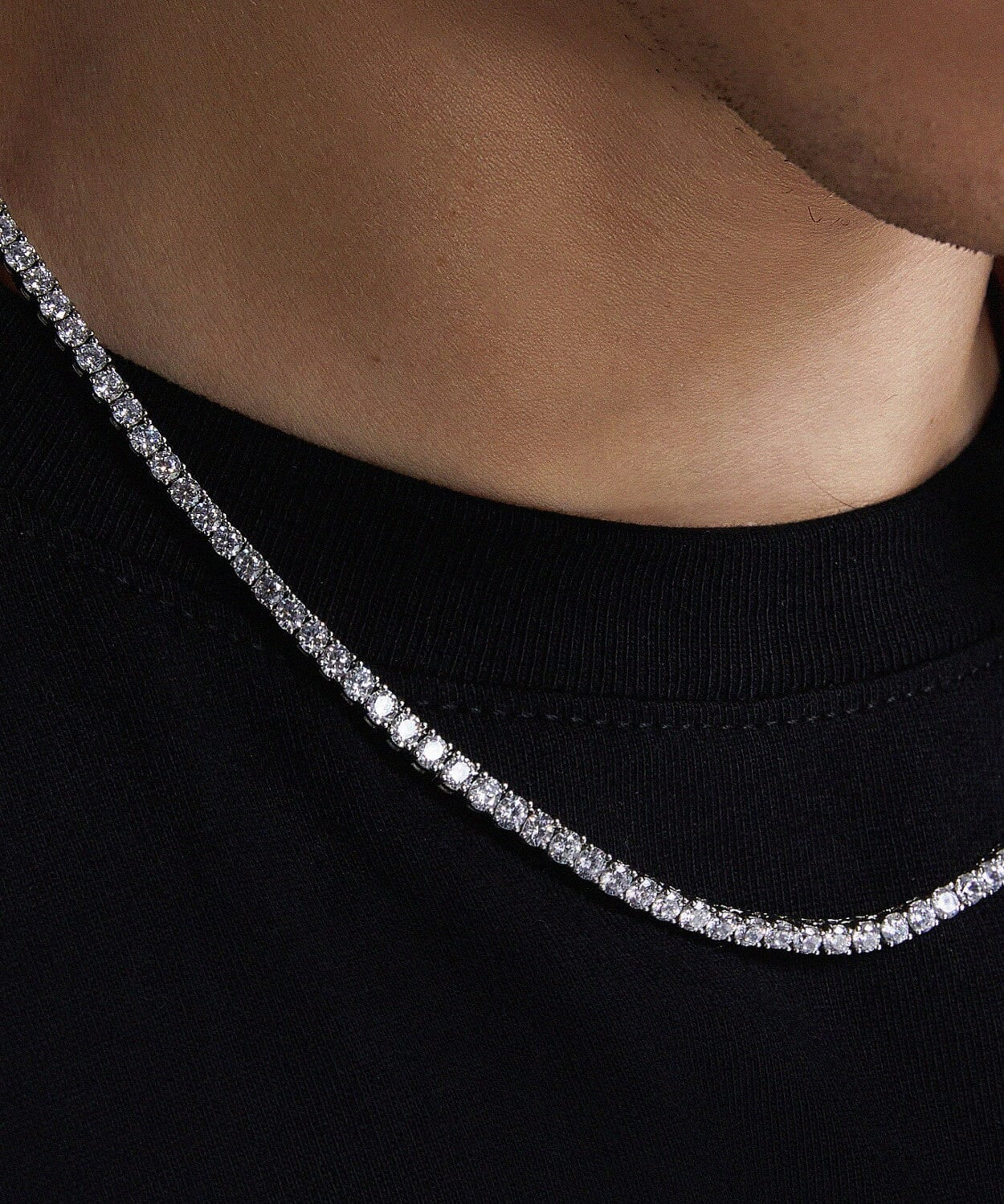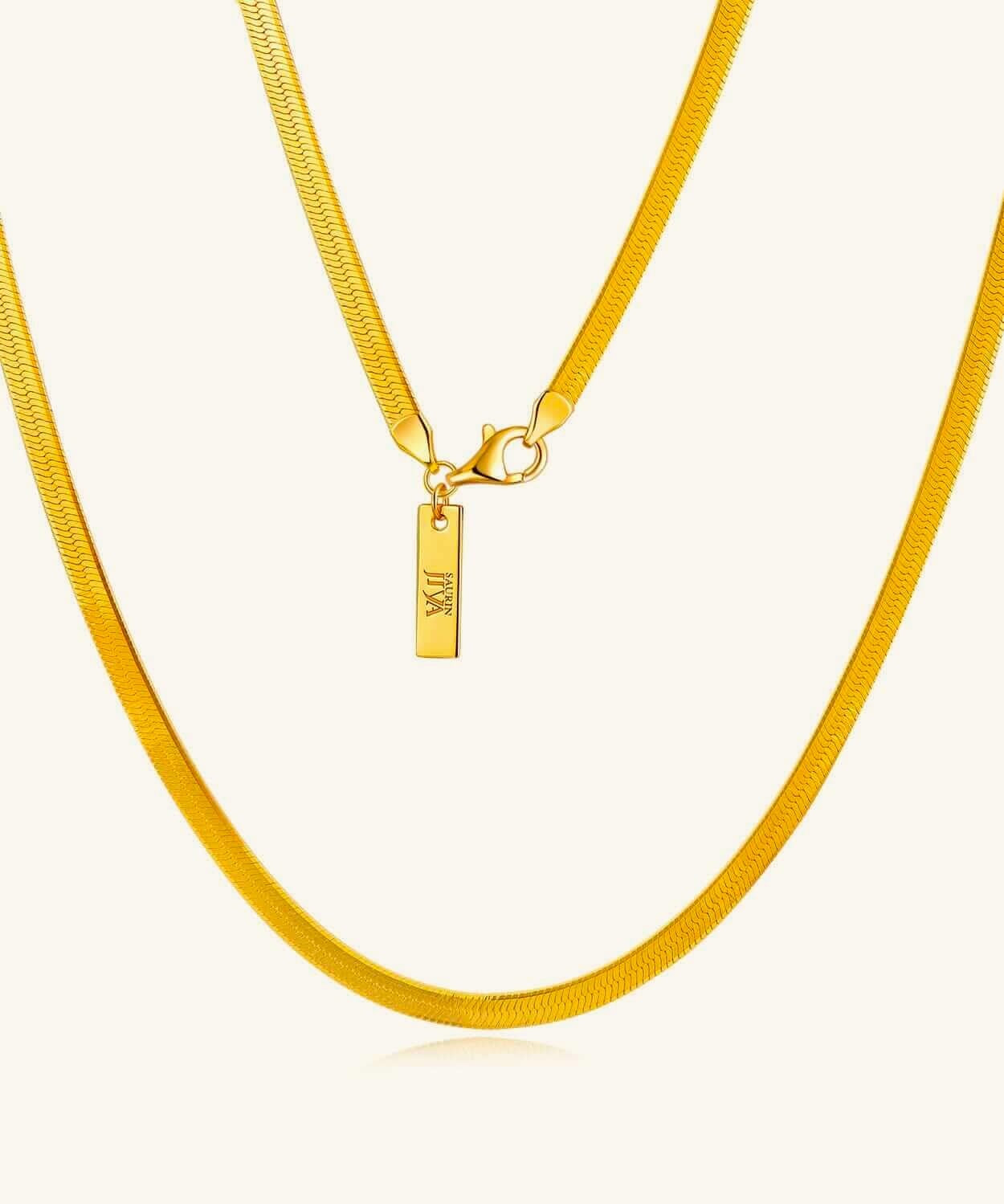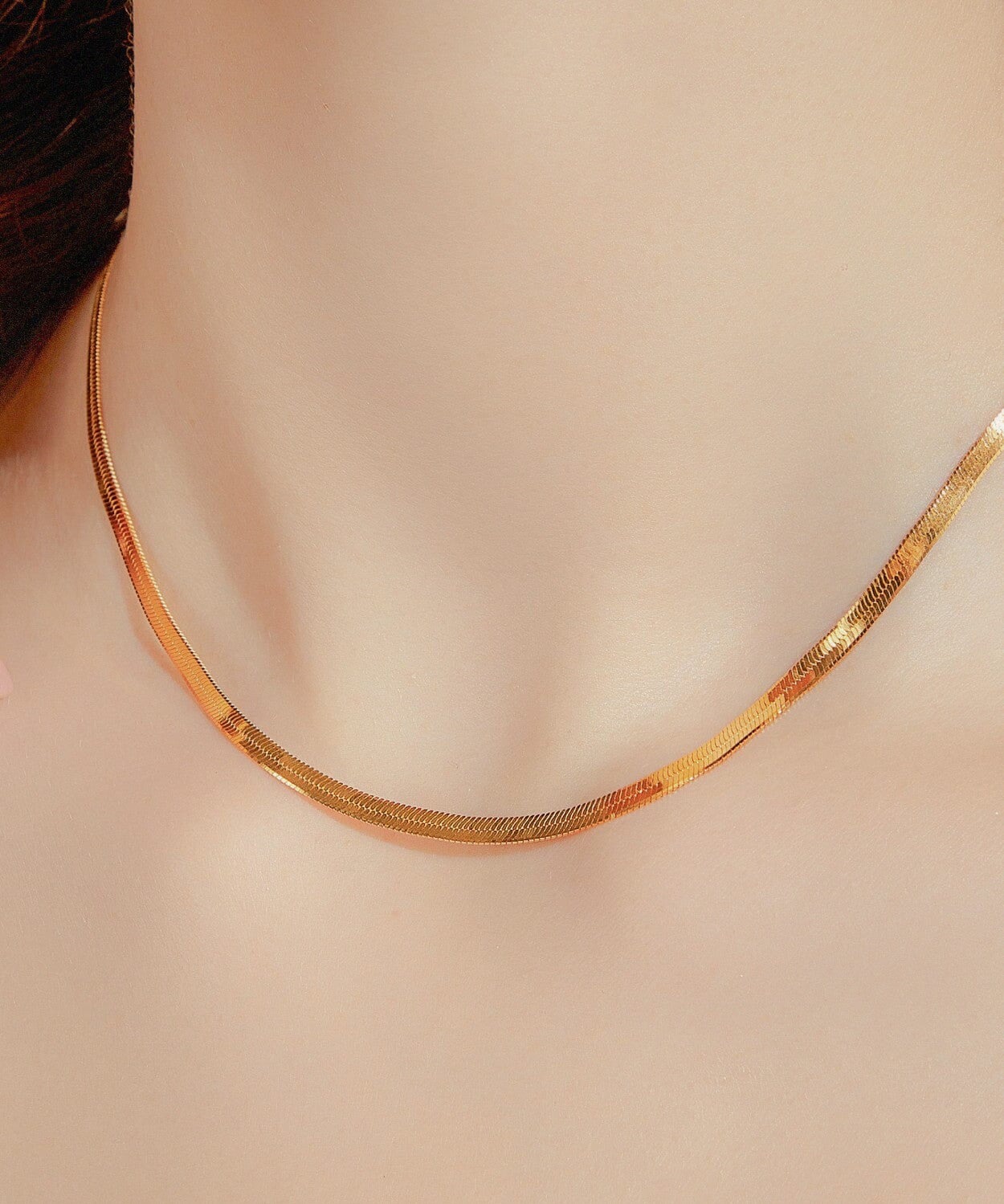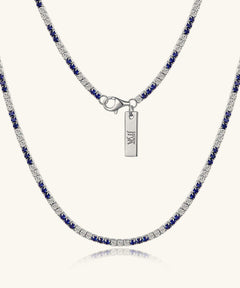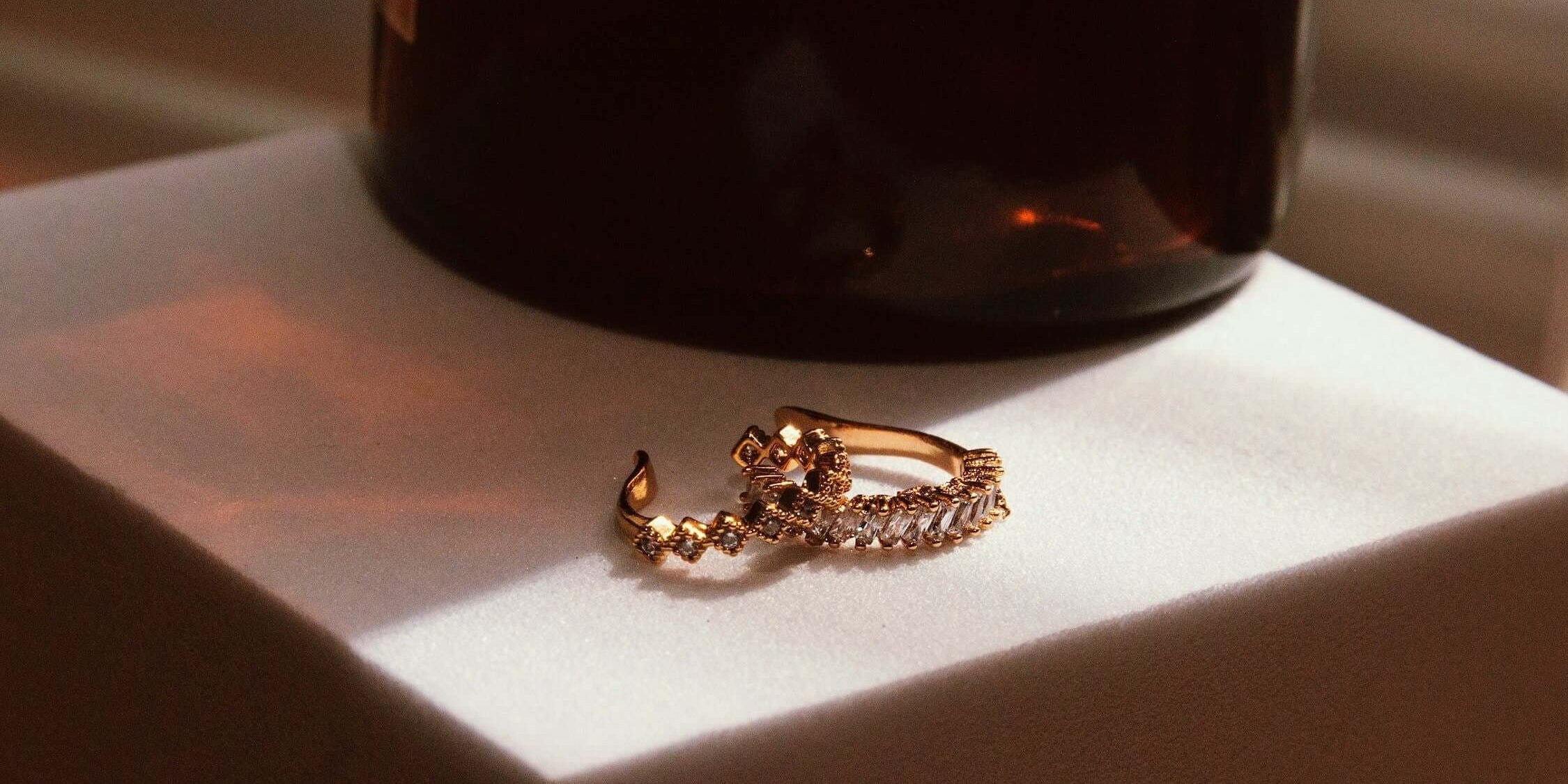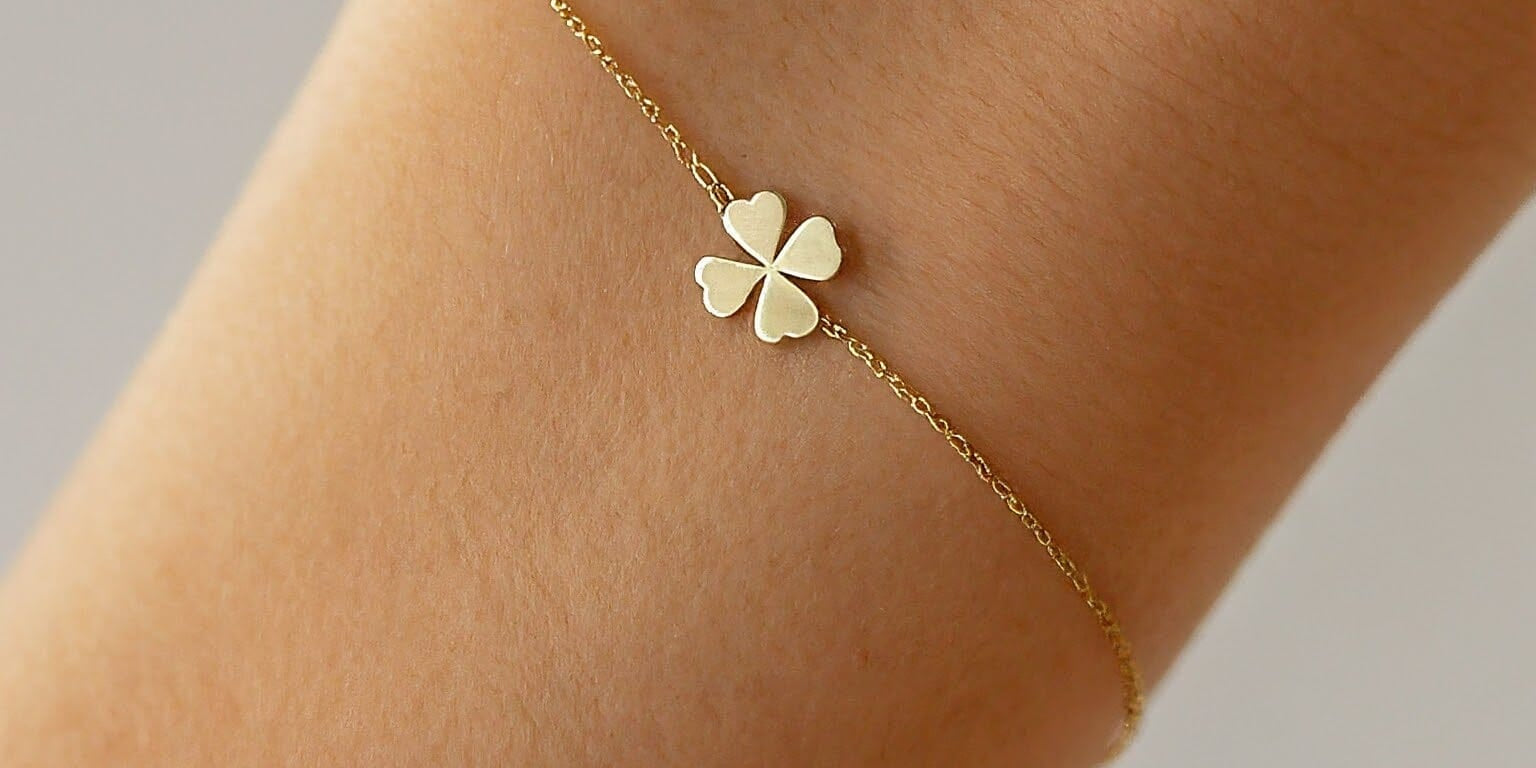Gold, with the symbol Au and atomic number 79, is a precious metal renowned for its distinctive lustrous yellow color and high value. As an element, gold occupies a unique position due to its extensive history in human civilization, being coveted for jewelry, currency, and various industrial applications. Its intrinsic properties, such as resistance to corrosion and good electrical conductivity, make it an invaluable material in numerous industries.
When you consider the hardness of gold, you'll find that it is relatively soft compared to many other metals. On the Mohs scale of mineral hardness, which categorizes materials based on their ability to scratch each other, pure gold is placed at a hardness level of about 2.5. This makes it softer than many common materials you might encounter, such as copper or steel.
The softness of gold, however, does not detract from its utility; in fact, it contributes to its malleability which is highly prized in jewelry making and artistic endeavors. Moreover, the hardness of gold can be altered by creating alloys with other metals, which not only enhance its strength but can also influence its color. These characteristics ensure that, despite its softness, gold remains one of the most versatile and enduring precious metals in use today.
Physical and Chemical Properties

In this section, you will discover the intricacies of gold's atomic structure and its mechanical characteristics. You will also understand how gold reacts to thermal and electron movement and compare its properties directly with other metals. Finally, you'll explore gold's distinct chemical behavior.
Atomic Structure
Gold, denoted as Au (from the Latin 'aurum') with an atomic number of 79, exhibits a face-centered cubic crystal structure. The atomic mass of gold is 196.9665 u and its electron configuration is [Xe]6s^1 4f^14 5d^10. Gold's atomic radius is measured at approximately 135 pm.
Mechanical Strength
Gold is characterized by its exceptional malleability and ductility; it's among the most malleable metals. In terms of hardness on the Mohs scale, gold ranks between 2.5 and 3, which is relatively soft. When measured by the Vickers hardness test, pure gold exhibits values around 15 – 30 MPa, indicative of its softness.
Thermal and Electron Properties
Gold's thermal conductivity is high, making it an excellent heat distributor. Its electric conductivity is also exceptional, surpassed only by silver and copper among metals. Gold's specific gravity stands at about 19.3, and it has a melting point of 1064 °C and a boiling point of 2856 °C.
Comparative Analysis with Other Metals
When compared to silver, copper, platinum, iron, nickel, and aluminium, gold has a higher specific gravity and a lower hardness. While gold's mechanical strength is lower than many metals, including platinum and iron, it surpasses them in terms of thermal and electric conductivity.
Chemical Reactivity
Gold is one of the least reactive chemical elements, displaying inertness to oxygen and most corrosive agents, making it an ideal metal for jewelry and coins. Its inert nature means it commonly exists in its native state, not combined with other elements. However, it does dissolve in aqua regia, a mixture of nitric and hydrochloric acid, forming soluble gold chloride. Gold typically carries an oxidation state of +1 or +3.
Material Hardness and Testing
White Gold
Color: White or silvery-white
Composition: Gold + Nickel/Silver/Palladium
Melting Point: 1,064°C (1,947°F)
Hardness: 2.5 - 4 (Mohs scale)
Resistance to Tarnishing: Requires rhodium plating
Suitable for: 👩🦳 Fair or Pale Skin, 🌬️ Cool Skin Tones
Yellow Gold
Color: Yellow
Composition: Gold + Copper/Zinc
Melting Point: 1,064°C (1,947°F)
Hardness: 2.5 - 4 (Mohs scale)
Resistance to Tarnishing: Resistant
Suitable for: 🌞 Warm Skin Tones, 👩🦰 Dark Skin
In assessing the resistance of a material to deformation or scratching, hardness is a critical property. You can measure this property using different scales and tests, which offer insights into a material's durability and applicability in various industries.
Hardness Scales
There are multiple scales to evaluate material hardness, ensuring compatibility with substances of varying densities. Mohs Hardness employs a scale from 1 (softest) to 10 (hardest) and is a qualitative method where materials scratch each other to determine relative hardness. Brinell Hardness Test uses a hard indenter pressing into a material with a specific force and measures the indent's diameter. Vickers Hardness Test, however, uses a diamond pyramid indenter, and, unlike Brinell, can be used for thin materials.
- Mohs Scale: Talc (1), Gypsum (2), Calcite (3), Fluorite (4), Apatite (5), Feldspar (6), Quartz (7), Topaz (8), Corundum (9), Diamond (10)
- Brinell Hardness Test: Applied force (typically in kilograms), indenter ball diameter (usually 10mm)
- Vickers Hardness Test: Diamond indenter, load applied in kilograms-force
Hardness of Gold
Gold exhibits a Mohs hardness of 2.5, categorizing it as a soft metal. On other hardness scales, gold's properties are quantified by indenting its surface and measuring the resulting impressions. Its Vickers hardness ranges, but on average, is listed at around 15-20 HV, and in the Brinell hardness scale, it typically falls between 60-120 HB.
Comparison to Other Minerals

To give context to gold's softness, consider quartz, which has a Mohs hardness of 7 and can easily scratch gold. In contrast, gold can scratch talc, with a Mohs rating of 1. Minerals like beryl or zircon, with higher Mohs hardness values, are more resistant to scratching and have applications in scenarios that demand such properties for abrasion resistance.
Practical Applications of Hardness Testing
Hardness testing allows you to anticipate a material's behavior under stress and its potential failure or deformation. In contexts where abrasion might be a frequent occurrence, such as with mineral processing equipment, hardness testing informs material choices. For instance, understanding gold's softness is vital for jewelry design, as it affects wearability and longevity.
In conclusion, material hardness testing using various scales like Mohs, Vickers, and Brinell provides essential data on a material's resistance to wear and deformation. It's especially crucial in fields like materials science and engineering, where the correct application of this knowledge can prevent failure and extend the service life of components and structures.
Gold Alloys and Compositions
| Alloy Type | Composition |
|---|---|
| 🔶 Yellow Gold | Gold + Copper/Zinc |
| 🌸 Rose Gold | Gold + Copper |
| ⚪ White Gold | Gold + Nickel/Palladium/Silver |
| 🔳 Green Gold | Gold + Silver + Zinc |
When you encounter gold in various products, you are often seeing gold alloys, which have differing compositions affecting their properties. Gold's pure state is typically too malleable for practical use, hence the need for alloying it with other metals to enhance its strength and hardness.
Common Gold Alloys
The most frequently encountered gold alloys include:
- Yellow gold: alloyed with silver and copper.
- White gold: often alloyed with palladium or nickel, and sometimes zinc.
- Rose gold: carries a higher copper content, giving it a rosy hue.
- Green gold: this alloy includes a higher proportion of silver or cadmium.
Each of these alloys maintains gold as the principal component but includes other metals which can alter the final color and properties of the material.
Impact on Hardness and Strength
By alloying gold with other metals, you achieve a significant enhancement in its hardness and strength. For instance:
- Adding copper or silver can increase the hardness while keeping the material ductile enough for shaping.
- The inclusion of metals like palladium or platinum can greatly increase the hardness and strength, allowing for more durable jewelry pieces.
Often, the gold's karat number will indicate the material's purity and concurrently informs about its hardness; for example, 14-karat gold is harder than 24-karat gold.
Industrial and Commercial Uses
Gold alloys are not just for adornment; they have a variety of industrial and commercial uses:
- Jewelry: due to improved hardness, gold alloys are ideal for intricate designs that require a delicate balance between durability and workability.
- Coinage: a mixture of gold with metals like copper or silver ensures coins are durable and resistant to wear.
- Electronics: for conductive contacts, a gold alloy can provide the necessary durability and corrosion resistance.
Your choice in gold alloy depends on the intended use, with each alloy providing a unique balance between aesthetic appeal and functional qualities.
Cultural and Historical Significance

Throughout history, gold has been revered and sought after. It is more than just a precious metal; it represents wealth, power, and eternal value. It's worth mentioning that your connection to gold is not just economical—it's deeply cultural.
In numerous cultures, gold has been synonymous with divinity and immortality, often treasured within religious contexts. Its allure has powered economies, crowning it a cornerstone in trade and currency. Gold's atomic weight, at 196.667, highlights its heft and substantial presence both literally and figuratively in the human narrative.
Gold is entwined with tradition—integral to ornamental jewelry that you might wear or gift to signify important milestones. Its extraordinary workability allowed it to be shaped into intricate designs, transcending mere adornment to embody artistic expression.
Your understanding of gold names even days of the week, as seen in 'Sunday' (Sun’s day), reflecting ancient associations with celestial bodies. Gold's place in history is solidified, marking achievements and representing power—from the shekels of ancient Egypt to modern Olympic medals.
In the table below, notice the summary of gold's attributes that have elevated it in the realms of culture and history:
|
Attribute |
Cultural and Historical Relevance |
|
Lustrous Appearance |
Symbol of purity and wealth |
|
Malleability |
Shaped into various artifacts and jewelry |
|
Resistance to Tarnish |
Eternal allure enduring through ages |
|
Value as Currency |
Standard for trade and economic stability |
As you appreciate your jewelry or contemplate gold's role in the broader context, it's clear that its historical and cultural significance has, and continues to, shape human civilization.
Economic Importance and Trading
Gold's role in the economy is pivotal, and it trades heavily on the global market. As an investment, gold often sees an increase in demand during times of economic uncertainty. Typically, gold is traded in the form of bullion, coins, and jewelry, with the most common measurement being the ounce.
Market Dynamics:
- The price of gold is subject to change based on market conditions and investor behavior.
- Investors often view gold as a safe-haven asset as it can hold its value and even appreciate when other investments decline.
Trading Platforms:
- Gold is traded on various platforms, including futures exchanges and over-the-counter markets.
- References for gold prices, such as the London Bullion Market Association (LBMA), provide benchmarks for traders globally.
Investment Considerations:
- When you invest in gold, you’re investing in an asset that has held economic value for centuries.
- Your portfolio may benefit from gold's potential to diversify risk.
|
Market Indicators |
Description |
|
Spot Price |
The current price at which gold can be bought or sold |
|
Gold Futures |
Contracts to buy or sell gold at a predetermined future date and price |
|
ETFs & Mutual Funds |
Funds that invest in gold-related assets, providing easier market access |
Remember, when you add gold to your investment portfolio, you're harnessing its traditional role as a store of value and its more modern function as a trading commodity. Ensure you stay informed on the market trends and consult financial experts for tailored advice.
Also Read
Frequently Asked Questions
Understanding the hardness of gold is essential when considering jewelry or industrial use. These FAQs provide clarity on how gold's hardness varies with purity and other factors.
How do the hardness levels vary between 24k, 22k, and 18k gold?
24k gold, being 99.9% pure, is the softest form of gold with a low hardness level due to its purity. As you look at 22k and 18k gold, they are harder because they are alloyed with other metals. The amount of gold—91.6% in 22k and 75% in 18k—dictates their improved hardness.
How does the hardness of a gold ring compare to pure gold?
A gold ring is typically made from an alloy such as 14k or 18k gold and is harder than pure gold due to its composition. The additional metals within the alloy increase its resistance to scratches and deformations.
What are the factors that affect the hardness of gold alloys?
Gold alloy hardness is influenced by the type and percentage of metals mixed with the gold, the thermal treatment used during processing, and the work hardening the material undergoes. Copper, silver, nickel, and zinc are common alloying metals that can enhance hardness.
How does gold's hardness compare to that of other precious metals like silver and copper?
Gold is softer than many commonly used metals; pure gold has a lower hardness compared to silver and copper. Alloying gold with other metals can increase its hardness to a level closer to or exceeding these other metals, depending on the alloy composition.
What techniques are used to measure the hardness of gold jewelry?
The Vickers and Mohs scales are commonly used to measure the hardness of gold jewelry. The Vickers test, which measures hardness based on resistance to indentation with a diamond pyramid, is especially suited for metals like gold alloys.
Can the hardness of gold be altered during the jewelry making process?
Yes, the hardness of gold can be altered during jewelry making through work hardening and thermal treatments. Hammering, bending, and shaping gold can increase its hardness, while annealing (heating and cooling) can restore its ductility.


